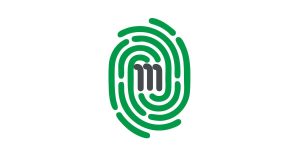
Account reconciliation is an important task for accountants. These six best practices make it easier to do reconciliations correctly:
- Set a definite standard of operation--A single best practice--including policies, processes and templates--should be set for your firm when it comes to account reconciliation and the process should be the same for all parties involved.
- Prioritize accounts by risk ranking--Clients' accountants should be prioritized according to risk, (or need). For instance, you can rank your accounts by how often they must be reconciled, or maybe it is easier to rank them by the due date of the reconciliation. This is simply all about organization to keep things running smoothly.
- Avoid Perfectionism--Not every account can be reconciled to the penny. A common "quick win" improvement is to set tolerances and thresholds across the organization. Rather than wasting time attempting to reconcile low dollar values, team members should work on other accounts or activities.
- Monitor the process. A team would be lost without its head coach keeping everybody on the same page. The same can be said about a reconciliation process without a monitoring lead. Contrary to popular belief, this person does not have to be management, and the role is often a good way to develop up-and-comers in the organization. The main duties of the monitoring lead include tracking the completion status of all reconciliations, making sure the reconciliations are finished on time, and following up on incomplete or late reconciliations.
- Use metrics to drive improvement. Finance leadership should use metrics to measure performance and improve the reconciliation process. Common metrics that should be reviewed regularly include overdue reconciliations, material reconciling items, and completeness by person or department. Based on these metrics, leadership can adjust the process if needed (e.g., reallocate reconciliations among team members, change due dates, etc.).
- Use software to drive the process. Technology is important in the account reconciliation space. Companies have developed software to enable a best practice account reconciliation process. The key word is "enable," as any technology implementation should be driven by related process design changes. Key features to look for in a tool include real-time dashboards, system-certification features, automated balance interfaces, and automated notifications to users.
By following these best practices, your accounting firm should be able to handle each clients' reconciliation needs with confidence, promptness and accuracy. If you are an accountant, bookkeeper or CPA and have other suggestions to add for best practices of client accountant reconciliation, by all means leave a comment below and/or share this helpful post with your fellow accountants on your social media pages.
















Add comment